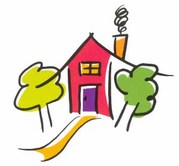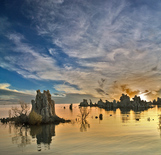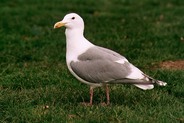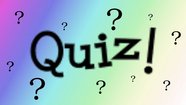Photosynthesis
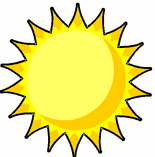
Energy is an organism's ability to do work. The sun is an energy source for all producers in an ecosystem that use photosynthesis to make their own food.

Photosynthesis is when carbon dioxide and water combine the presence of light to produce carbohydrates and oxygen. Carbohydrates are the basic food for plants because it is what gives them energy.
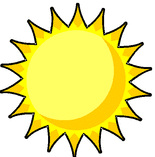
Ecosystems are organized into strata called trophic levels. The base layer is made of producers that make their own energy through photosynthesis. Every organism in the ecosystem depend on producers to provide energy. The amount of energy captured in an ecosystem by the producers is called the gross production. This can be determined by measuring the amount of biomass, which is the mass of the photosynthetic organisms.
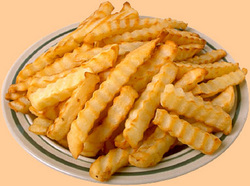
A calorie is the unit used to measure heat energy. You may have heard the word before, but it is not an ingredient in food. Calories are a property of food that humans need to function and survive.
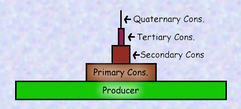
The net production is the energy available for the next trophic level to use. Energy leaves the ecosystem a little at a time at each level in the form of heat energy.
